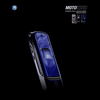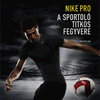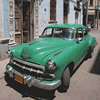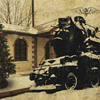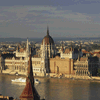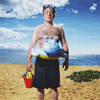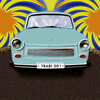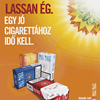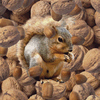Lenticular
In the world of printed products lenticular, the lens raster image is a very special product. With this technology, special effects such as animation, moving images and three-dimensional images are possible. Lenticular is a special transparent grid foil, with hundreds of precisely positioned lenses on the surface. These lenses make the special effects possible. Depending on the viewing angle different images are visible. The production of such a foil starts with the planning with full of ideas. The final result is a print pattern, which is completely identical with the print product. The customer can accept the desins of the product based on the printed pattern. The printed pattern also serves as basis for the production.
Depending on the usage the backside of the lenticular foil can be coated, laminated or used with double-sided adhesive tape. The lenticular foil can be combined with different paper types, e.g. 4-sided folded flyer, DVD sleeve, or even on glued on plastic. Lenticular products can also be punched.
The following effects are possible:
Basic flip
Basic flip forms the foundation of flip effects, and results in two or three images "flipping" back and forth. The following example illustrates the effect: Let us imagine a postcard, that depending on the viewing angle shows a building (façade), or a room of the same building. Basic flip is often used in ads for before / after comparison.
Zoom
Zoom-in or zoom-out in 5-10 steps. The viewer has the feeling that the object (e.g. an airplane) is approaching or passing away.
Animation
A continuous movement is shown in 5-10 images. The effect resembles that of an animated film in which the series of images mimics a movement. The images can be obtained from various sources: selected frames of film or video, photos, drawings or graphics.
Morphing
The effect shows an object transmuting in another form. Let us have a cat that transforms into a dog. For this effect, the start and final images are needed. The intermediate images are generated by our software.
Real 3-D rendering
Precondition for a 3-D effect is the different viewing angles of the eyes. The arrangement of the lenses must be therefore perpendicular. The images can be created in different ways. In the first method, the lenticular technology is used for taking the photos as photos are made from different angles. These images serve as starting images. Static objects can be photographed with one camera. The camera is shifted after each picture. For moving objects several photographers / cameras or special cameras with multiple lenses are required. Such images show in addition to the photographic representation a perfect 3-D effect. The lenticular copies of three dimensional computer graphics are also made by using this principle, as the real photographers are superseded by their virtual colleagues.
TopFly-Eye
This is the alternative method to the real 3-D imaging. The individual elements of the image are placed on different layers. By specifying the spacing layer distances special software generates the image with the 3-D effect.

